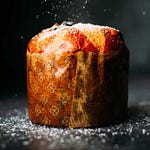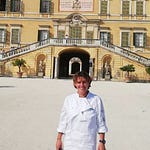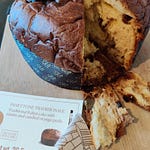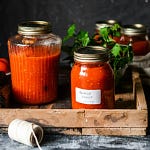link to the podcast episode
When was the last time you spoke with a native Italian? Do you remember how they answered, their words often preceded and then accompanied by a hand gesture - that latter more indicative and meaningful than the spoken words themselves? Palm upturned, finger-tips together in an up-and-down sway (‘are-you-nuts?’ or ‘yeah, right,’) with head tilted forward and gaze at you. Or head tilted a bit, eyes closed or looking away - towards the devine, as their right hand, upturned palm again with relaxed fingers, twirls (‘delicious’ or ‘superlative’.) The flavor of a talk can lie entirely in gestures. A sort of lingual alchemy.
Likewise the abundance of flavor in much of if not most Italian cuisine lies not in expensive ingredients - for much of its history the vast majority of Italians had to make due with very little - or complicated technique but in gesture, timing and combination. (And understanding the effect of all three.) Leftovers were never thrown away and not merely reheated but re-combined into marvellous dishes, ‘cucina povera’, ‘kichen-poor’, literally. In Tuscany, panzanella, pappa al pomodoro (tomato and dried bread soup) or ribollito are some famous examples.
In this episode we are in Tuscany and talking with author and food blogger Giulia Scarpaleggia. Giulia has a new book available called Cucina Povera.
We discuss her blog Juls' Kitchen as well as her studio and cooking classes.
We discuss Tuscan cooking and importance of bread making and use of stale bread in Tuscan cuisine. Along with bread we discuss cured meats and the great Salume of Tuscany. We discuss the unique Chestnut flour and pasta and desserts made from this flour. Lastly we discuss the Tuscan diet and the importance of beans in Tuscany.
About Giulia
Enjoy!












Share this post